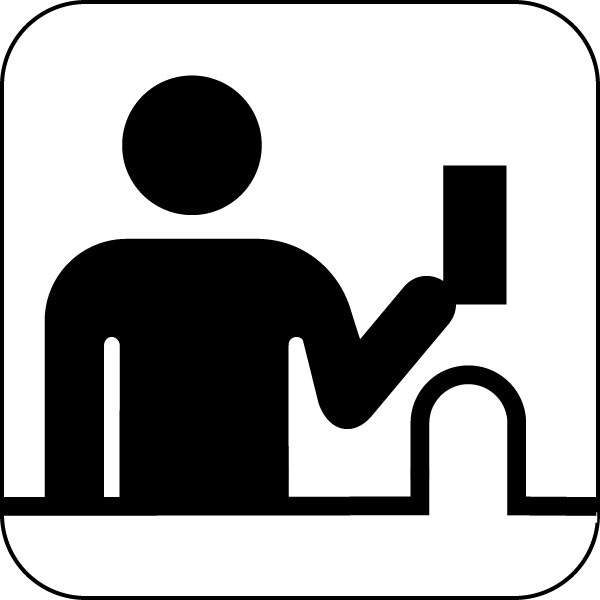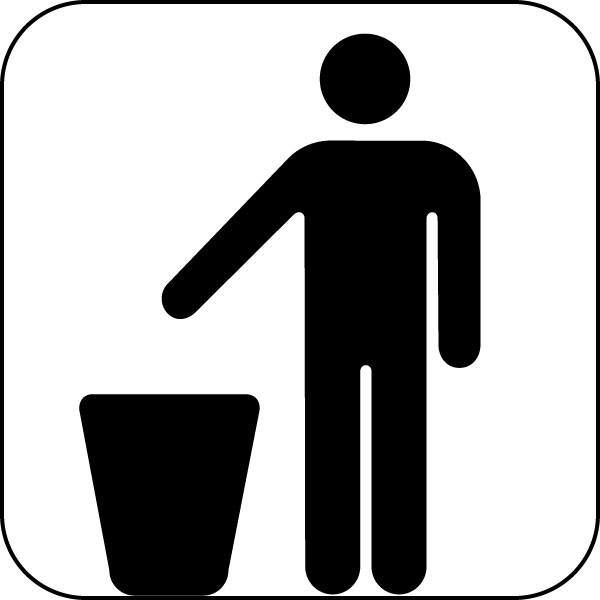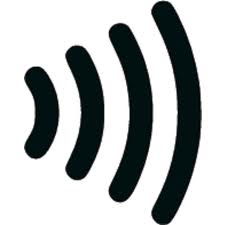Press Release November 12, 2013
Citizens Taking Action for transit dependent riders
www.CTAriders.org
Monthly meetings the 1st Monday of each month, 77 W. Washington, 4th Floor
For Information:
Charles Paidock, Secretary (312) 714-7790 cpaidock@hotmail.com
(312) 714-7790 cpaidock@hotmail.com
Kevin Peterson (773) 896-8126 transitcatt@hotmail.com
(773) 896-8126 transitcatt@hotmail.com
Donald Richie (731) 659-1884 donaldrichie@hotmail.com
(731) 659-1884 donaldrichie@hotmail.com
Ventra: A $454 Million Fiasco
By Donald Richie
Introduction
When the Ventra card was introduced, it was supposed to make public transportation more convenient for its users. Ventra has completely failed at this.
Problems with Ventra
Created by a private contractor, Cubic Transportation Systems Incorporated, the Ventra card was meant to replace the magnetic strip fare cards and the Chicago Card. However, there have been serious problems in its implementation.
• Many people didn’t get their cards in the mail, though CTA promised to send them.
Many people didn’t get their cards in the mail, though CTA promised to send them.
• Those who received their cards in the mail were also to receive an email with a “username” for activating their card
Those who received their cards in the mail were also to receive an email with a “username” for activating their card
• Ventra cards often don’t work; when a user swipes it on the reader, the display screen may read “Stop” instead of “Go.”
Ventra cards often don’t work; when a user swipes it on the reader, the display screen may read “Stop” instead of “Go.”
• Some people have reported swiping multiple times with the display reading “Stop,” but the amount deducted from their
Some people have reported swiping multiple times with the display reading “Stop,” but the amount deducted from their
• Bus Ventra readers have reportedly read people’s Ventra cards (and other contactless bank and credit cards) as they
Bus Ventra readers have reportedly read people’s Ventra cards (and other contactless bank and credit cards) as they
• Some train turnstiles have not worked properly with the Ventra cards. The card reader will read, “Go,” but when the user
Some train turnstiles have not worked properly with the Ventra cards. The card reader will read, “Go,” but when the user
tries to go through the turnstile, he gets stuck..
• Some Ventra vending machines wouldn’t let people add to their account, with no reason given.
Some Ventra vending machines wouldn’t let people add to their account, with no reason given.
• Ventra customer service is extremely unresponsive. Callers may wait for more than an hour before getting to talk to
Ventra customer service is extremely unresponsive. Callers may wait for more than an hour before getting to talk to
Besides these technical problems, there are also more serious, systemic problems with the Ventra system even if it “works” properly:
• Unlike the old system, the Ventra readers don’t tell you how much money is left on your account.
Unlike the old system, the Ventra readers don’t tell you how much money is left on your account.
• When you get a Ventra card, $5 is deducted from your account unless you register online, which requires you to give
When you get a Ventra card, $5 is deducted from your account unless you register online, which requires you to give
• A cash fare for the trains will cost $3, instead of the standard fare of $2.25.
A cash fare for the trains will cost $3, instead of the standard fare of $2.25.
• If you don’t use your Ventra card for 18 months, you are charged a “dormancy fee” of $5 each month until your balance
If you don’t use your Ventra card for 18 months, you are charged a “dormancy fee” of $5 each month until your balance
• According to a bus driver I talked to, the bus Ventra reader is positioned in a way that when someone is using it, the
According to a bus driver I talked to, the bus Ventra reader is positioned in a way that when someone is using it, the
• The Ventra system, with its tricky optical scan readers and its complex online registration process, is both more
The Ventra system, with its tricky optical scan readers and its complex online registration process, is both more
As an example of the foul-ups of Ventra, a friend of mine recently got her Ventra card mailed to her, but she then discovered that she could only use the card to pay fares and check her balance. She couldn’t add money to her account at the Ventra vending machine, and the machine wouldn’t give any explanation for this. She tried to reach Ventra by phone to straighten this out, but after one hour of waiting, she still couldn’t get to talk to anyone. Then she tried emailing Ventra, but they never replied.
The most serious problem with Ventra is the lack of transparency and accountability in the decision-making process. According to Redeye (October 10, 2013), “in response to questions on the issue, Cubic spokeswoman Kim Gregory responded, ‘our policy with the CTA is not to answer media questions and refer them to the agency.’” Ventra is responsible for the fare box system, but they won’t talk. Meanwhile, the agency that will talk to the public, the CTA, has abdicated responsibility to this private company.
The CTA, and its president, Forrest Claypool, have not been much more responsive to public concerns than Cubic itself. No public hearings were held on the introduction of Ventra until after the contract with Cubic was already signed, and Forrest Claypool did not even attend the public meeting. The Ventra deal was made in secret, and then presented to the public as a fait accompli. The mayor and the City Council also bear responsibility for not exercising more oversight.
These are not technical problems or “glitches.” They are problems with the system itself, and will remain even if the problems with the Ventra software are resolved.
Conclusion
Why must we, the people, be forced to change from a system that worked to one that is more difficult, more expensive, and less convenient, when it is our tax dollars that pay for it?
We at Citizens Taking Action have concluded that there can be only two possible solutions for Ventra: either the system must be completely revamped to make it more fair and user-friendly, or it must be scrapped completely and the contract with Cubic must be cancelled. We believe CTA would be justified in cancelling its contract with Cubic due to the many omissions and defects in their service.
We also believe that the Ventra fiasco should be investigated by the Chicago City Council. In particular, the Council should have a look at the Ventra contract, which the public still has not been privy to.
We also believe that third-party contracts for fare collection should be avoided. The contracting of fare collection to a private, for-profit corporation invites fraud and abuse in the pursuit of profit. Public transportation is a public service like highways, and as such it should be run in the public interest and not for private gain.
In addition we have the following technical recommendations for improving fare collection. First of all, if the magnetic strip cards are still OK, we should continue using them. If the magnetic cards must be replaced by another system, let it be the Chicago Card, or something like it, for the Chicago cards have worked fine up to now.
An effective public transit fare system should include the following:
• On-time delivery of transit cards to users who receive them in the mail.
On-time delivery of transit cards to users who receive them in the mail.
• Ease of use, preferably not requiring online registration.
Ease of use, preferably not requiring online registration.
• The successful testing of any new software system before it is implemented.
The successful testing of any new software system before it is implemented.
• Adequate customer service hotlines, email, and web sites, with speedy and effective service to customers.
Adequate customer service hotlines, email, and web sites, with speedy and effective service to customers.
• A fare box which reveals how much money is left on your account.
A fare box which reveals how much money is left on your account.
• A system in which you pay only for rides, with no hidden charges attached.
A system in which you pay only for rides, with no hidden charges attached.
• Positioning of card readers in such a way that users won’t block the bus driver’s view.
Positioning of card readers in such a way that users won’t block the bus driver’s view.
In addition, decisions at the CTA should be made with the participation of all stakeholders, including CTA employees and users. And user participation does not mean holding a single public meeting after the deal has already been closed, listening to users’ complaints, and then doing what they were going to do anyway. CTA users should have a seat at the table.



